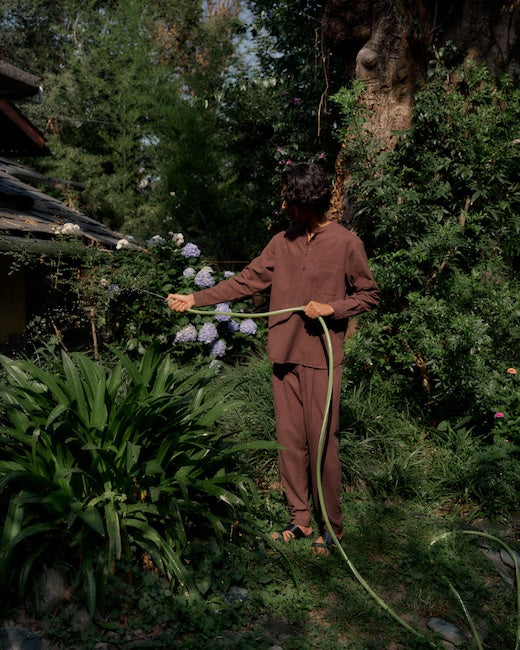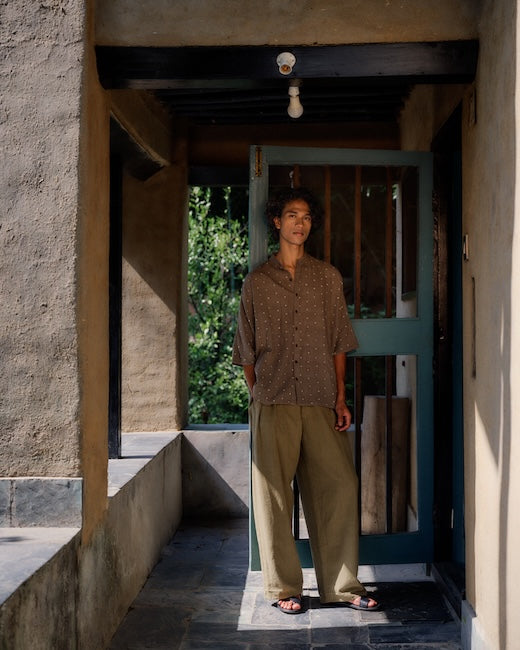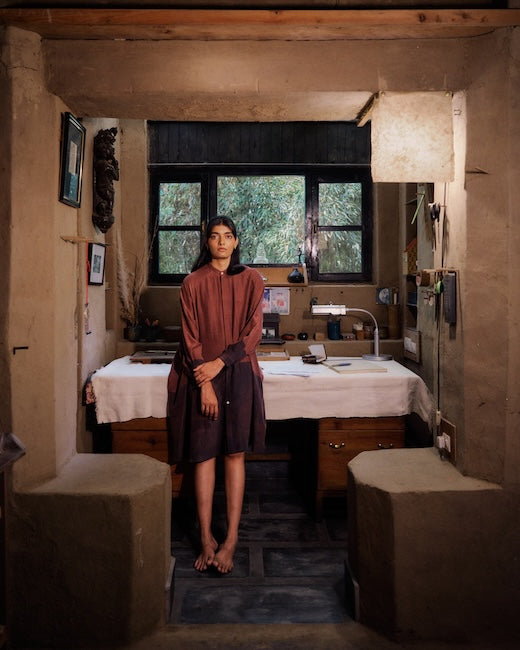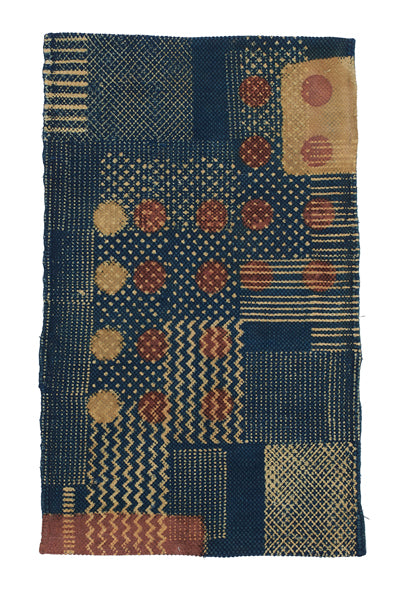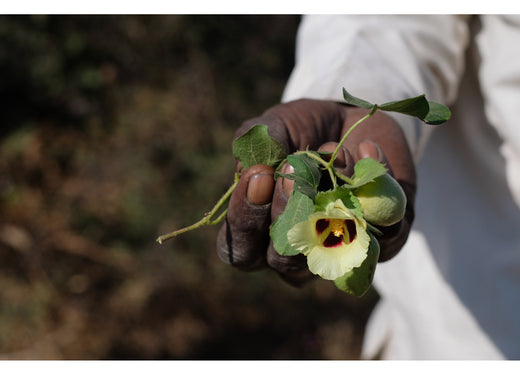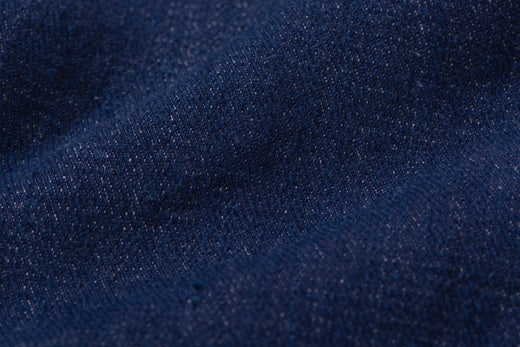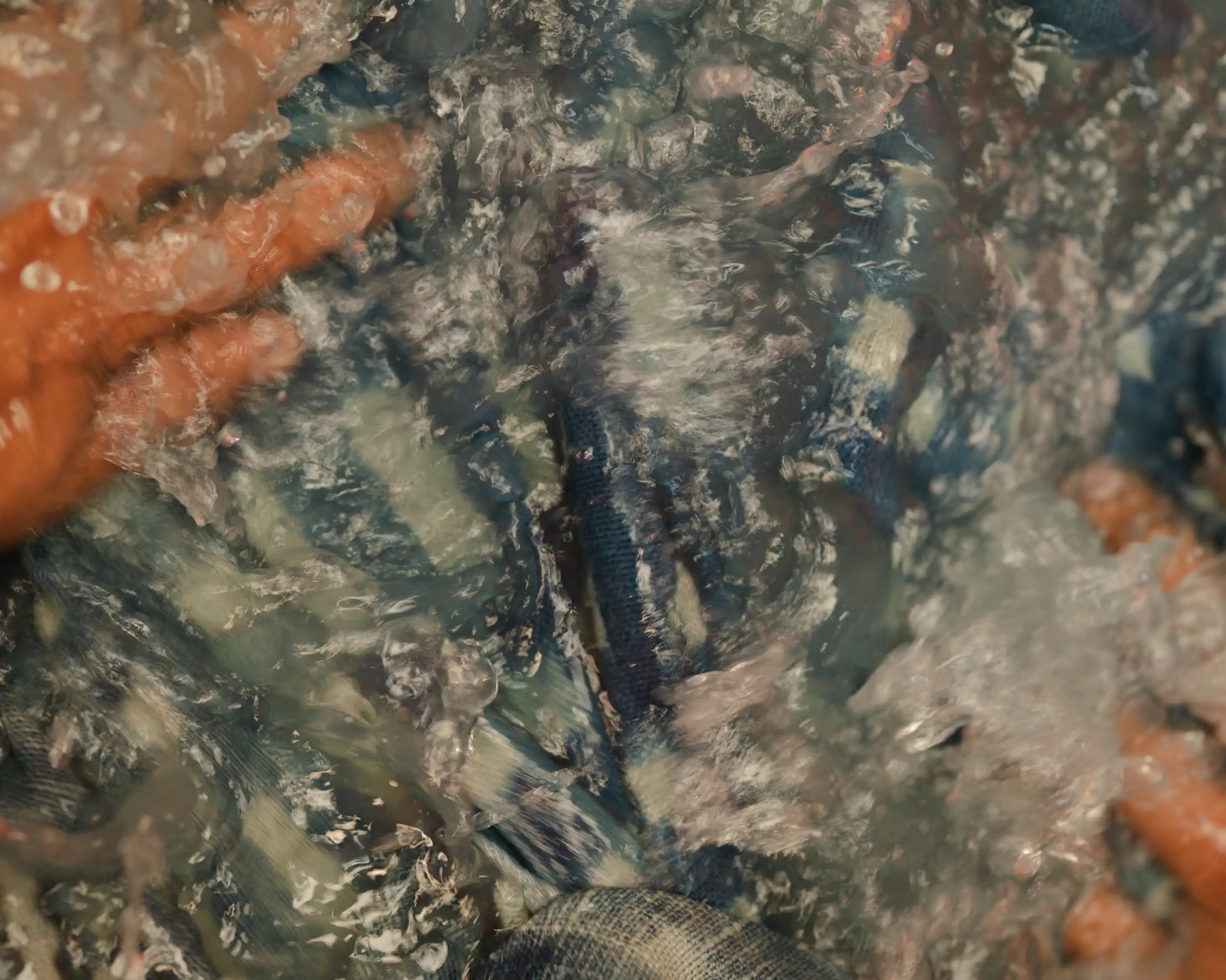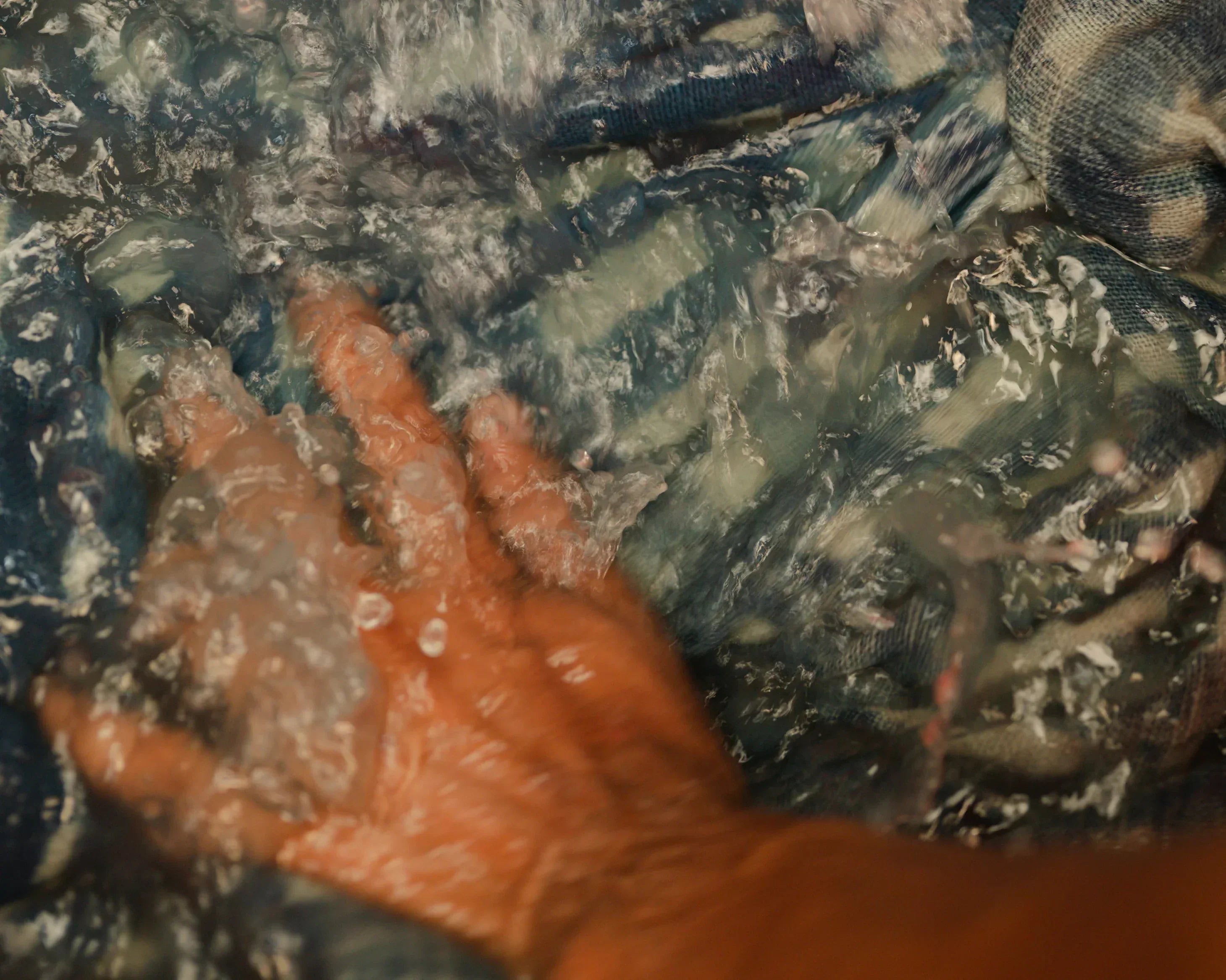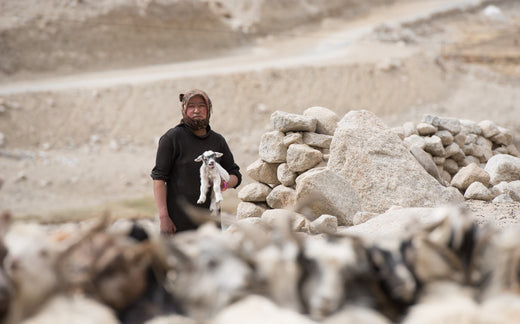
Pure Pashmina from Ladakh









Changthang is a high altitude plateau on the eastern and south-eastern border of Ladakh and Tibet in the Himalayas. The communities living in the region are nomadic pastoralists - they herd pashmina goats, sheep and yak. The Changthangi goat is native to the mountainous region of Ladakh. The fine wool comes from the naturally shedding and combing of the hair from the Changthangi. Pure pashmina hand spun yarn echos the natural color of the landscape it’s born from exhibiting the same strength and beauty of the community that lives there.
Biodynamic practices and minimal intervention brings out the full potential of Pashmina’s incredible properties of softness, warmth, lustre, lightness and elegance.
Images courtesy of : Looms of Ladakh

